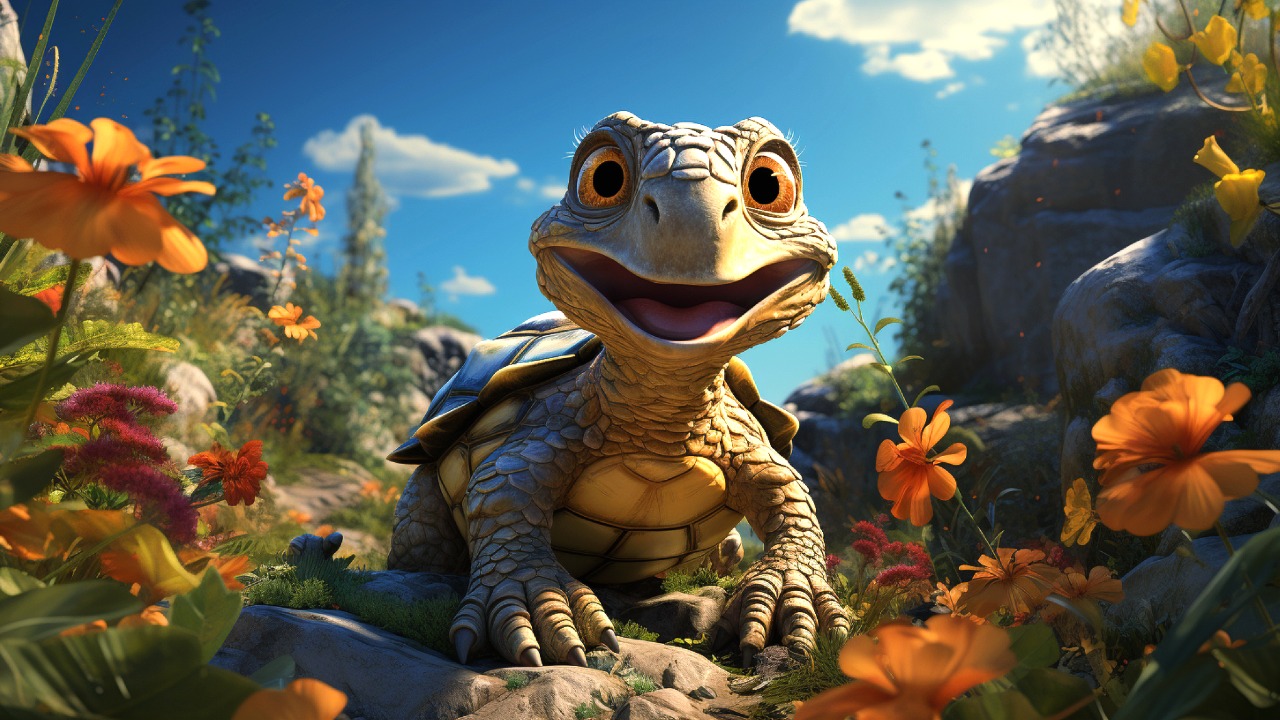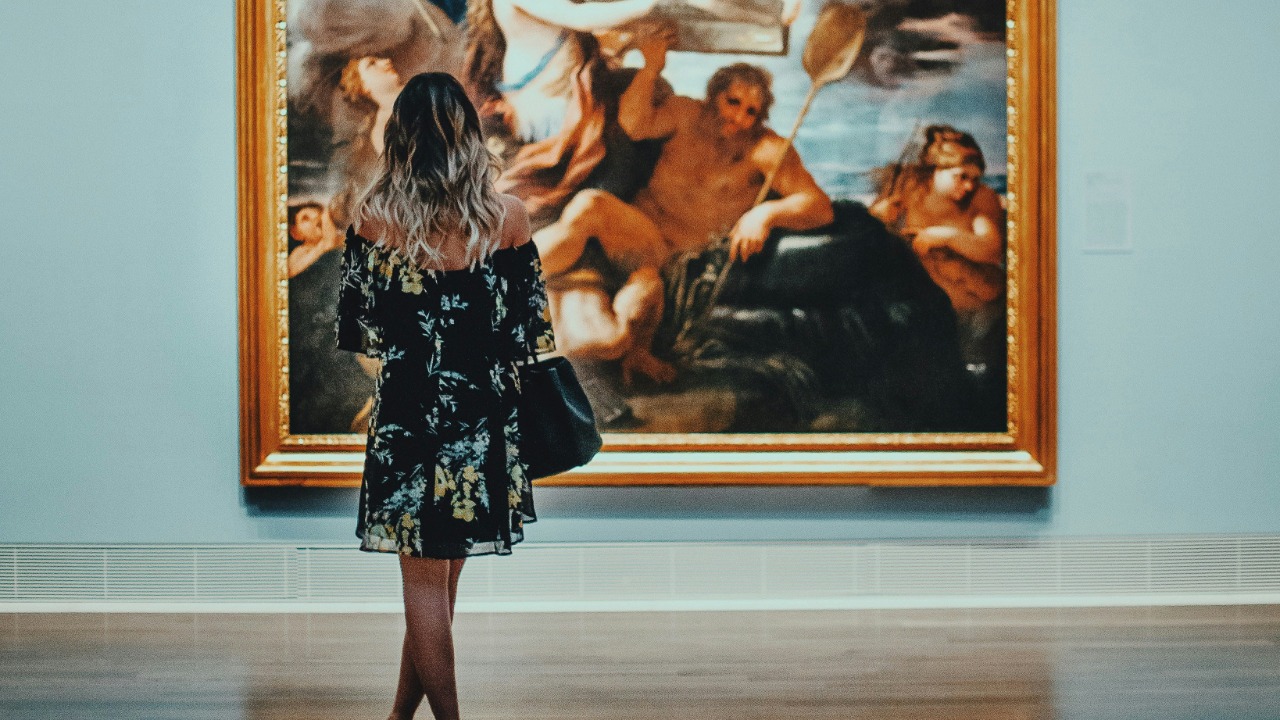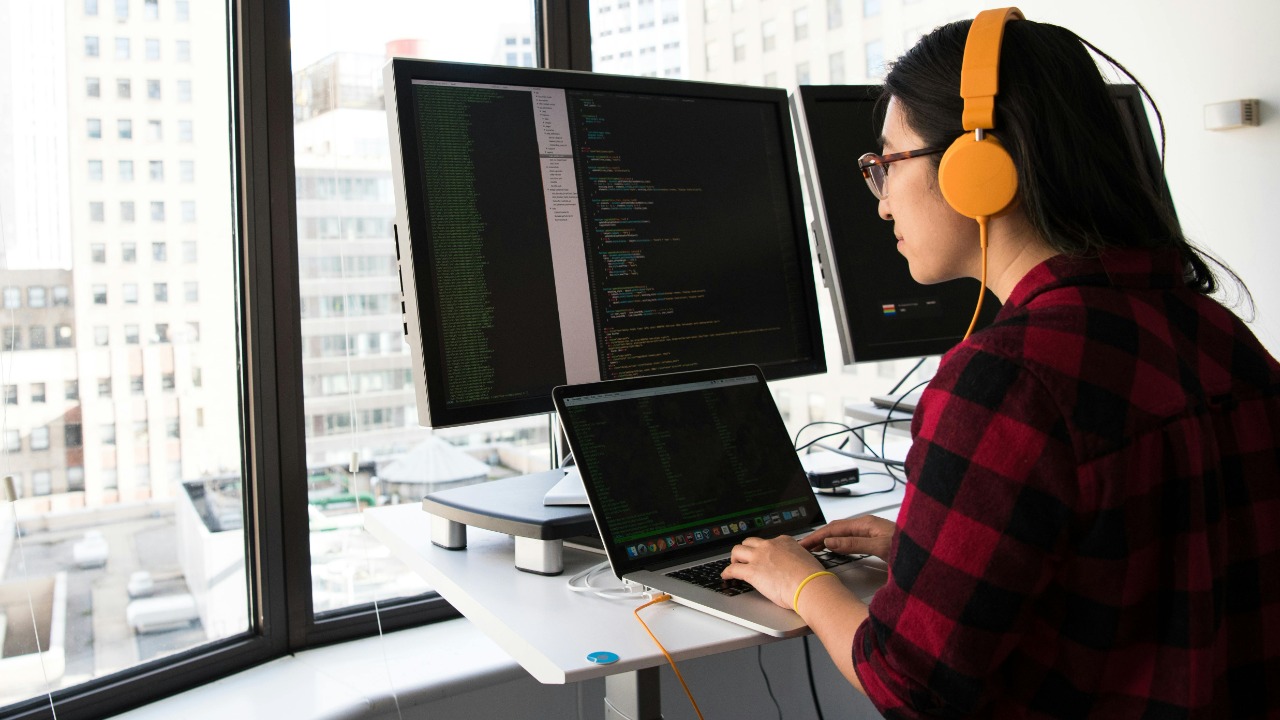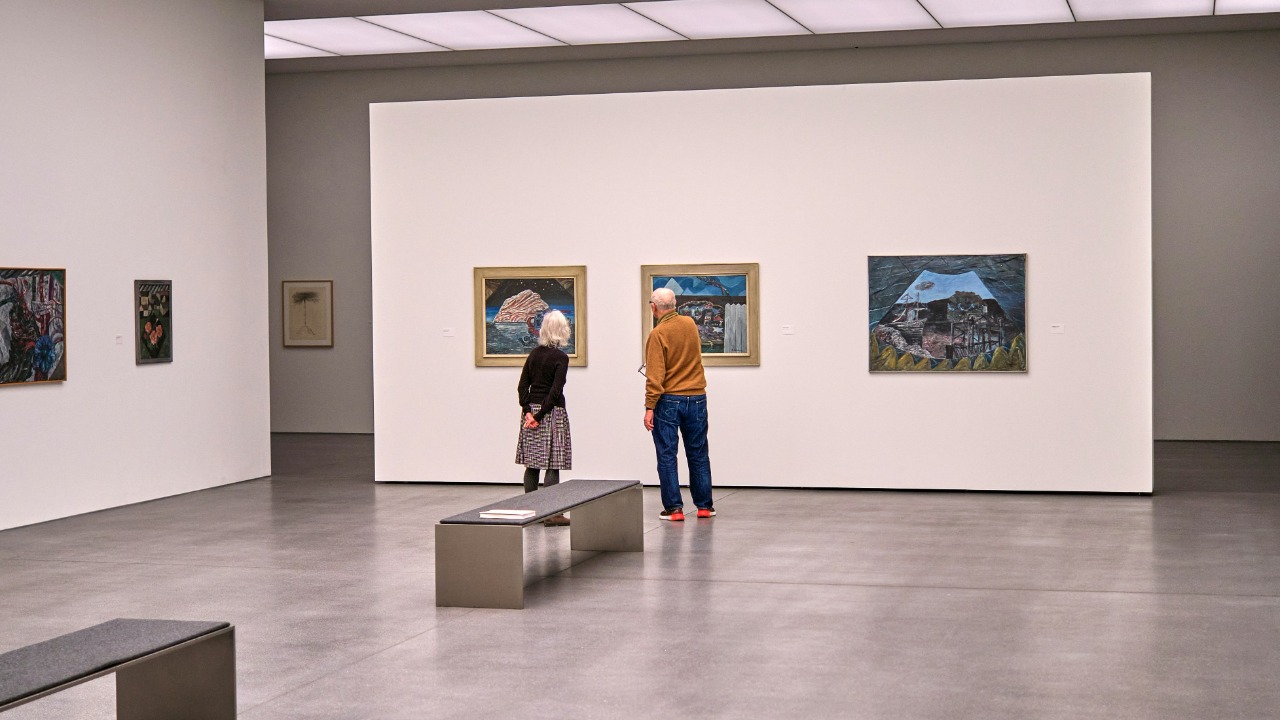
In recent years, artificial intelligence (AI) has made significant inroads into the world of art, fundamentally altering how we create and perceive artistic works. AI-generated art is not only gaining popularity but is also finding its way into prestigious galleries worldwide. This exploration examines the factors driving this shift and the implications for the art world.
The Rise of AI Art

The journey of AI art into mainstream galleries is rooted in the historical development of artificial intelligence itself. The concept of using machines to create art isn’t entirely new, but it gained substantial traction with the advent of advanced computing technologies in the late 20th and early 21st centuries. Notably, the development of algorithms capable of learning from data marked a significant milestone. This evolution paved the way for AI to generate art that can rival the creativity and complexity of human artists.
Technological advancements have played a crucial role in this transformation. Machine learning algorithms, especially neural networks, have become sophisticated enough to produce intricate and original artworks. These algorithms analyze vast datasets of existing artwork to understand styles, techniques, and patterns, enabling them to create new pieces that are both innovative and evocative. The rise of platforms such as DeepArt and RunwayML exemplifies how technology empowers AI to contribute significantly to the art world.
The growing popularity and acceptance of AI art are evident through its increasing presence in exhibitions and galleries. Institutions like Christie’s and the Barbican Centre have hosted exhibitions showcasing AI-generated art, signaling a shift in perception among art enthusiasts and collectors. This trend is further supported by the increasing sales of AI art at auctions, indicating a burgeoning market and a growing appreciation for this new form of artistic expression.
The Appeal of AI Art in Galleries

AI art brings a unique form of artistic expression that challenges conventional boundaries. By offering new perspectives and modes of creativity, AI art presents an opportunity to reimagine what art can be. Its ability to blend different styles and push the limits of traditional art forms provides fresh and exciting avenues for both artists and audiences. The work of AI artists like Mario Klingemann, known for his innovative use of algorithms, exemplifies how AI art can transcend classical artistic norms.
One of the most compelling aspects of AI art is its potential for accessibility and democratization. AI art tools empower a broader range of artists by removing barriers to entry, enabling diverse voices to participate in the art world. These tools allow creators without formal training to experiment and produce art, thereby fostering inclusivity within the artistic community. This democratization is evident in the increasing number of online platforms where artists can share and collaborate on AI-generated art projects.
Moreover, the interactive and engaging nature of many AI artworks adds another layer of appeal. AI art often involves dynamic and immersive experiences that invite audience participation. Installations like “Refik Anadol’s Machine Hallucination” showcase how AI can create environments that captivate and involve viewers, making art a shared and personal experience. This interactivity not only enhances viewer engagement but also redefines the relationship between the artwork and its audience.
Controversies and Criticisms

Despite its growing popularity, AI art is not without its controversies and criticisms. A significant debate revolves around the authenticity and authorship of AI-generated art. Questions arise about who should be credited as the artist—the human who programmed the AI or the AI itself? This ambiguity challenges traditional notions of creativity and authorship, leading to discussions about the very nature of art.
Quality and aesthetic concerns also feature prominently in critiques of AI art. Critics argue that AI-produced artworks sometimes lack the depth or emotional resonance found in traditional art forms. The argument is that while AI can mimic styles and techniques, it lacks the human experience and emotional depth that give art its profound impact. An article on Medium discusses these aesthetic concerns, questioning the uniformity often seen in AI-generated pieces.
Ethical considerations further complicate the discourse surrounding AI art. Issues of copyright and intellectual property come to the forefront as AI systems can potentially replicate existing human artworks. The potential for AI to inadvertently copy or infringe upon existing works raises questions about originality and ownership, which are crucial in resolving the ethical dilemmas posed by this technology.
The Future of AI Art in the Art World

The integration of AI art with traditional art forms is an exciting prospect for the future. As AI becomes more entrenched in the art world, it will likely coexist and collaborate with traditional art, leading to new hybrid forms of expression. Galleries and museums may increasingly feature AI art alongside classical works, creating a dialogue between past and present artistic practices.
The evolution of AI capabilities promises even more complex and varied AI-generated art. As technology advances, AI systems will likely develop a greater capacity for creativity, producing art that is more diverse and nuanced. This evolution will expand the possibilities for AI art, offering new experiences and challenges for artists and audiences alike.
The implications for art education and careers are profound. With AI becoming a significant player in the art world, art education programs may need to adapt by incorporating technology and AI into their curricula. This shift could open new career paths for artists, blending traditional skills with technological expertise. The potential for collaboration between artists and technologists could lead to innovative and exciting developments in art.
Cultural and Societal Impacts

AI art reflects and critiques contemporary society, offering new lenses through which to view our world. By mirroring and interpreting current societal trends and issues, AI art provides a platform for reflection and dialogue. The Guardian podcast explores how AI images reveal hidden traces of humanity, challenging viewers to consider the implications of technology on our lives and society.
As AI art shapes cultural narratives, it influences public discourse on technology and creativity. By challenging traditional conceptions of art, AI art encourages discussions about the role of technology in our cultural landscape. This influence extends beyond the art world, as AI art becomes a catalyst for broader conversations about innovation and creativity.
Finally, AI art bridges the gap between the technology sector and the art world, fostering collaboration and innovation. By bringing together artists and technologists, AI art creates opportunities for cross-disciplinary partnerships that push the boundaries of both fields. Recent studies highlight the potential for AI art to drive innovation and inspire new ways of thinking, ultimately enriching both the art and tech communities.